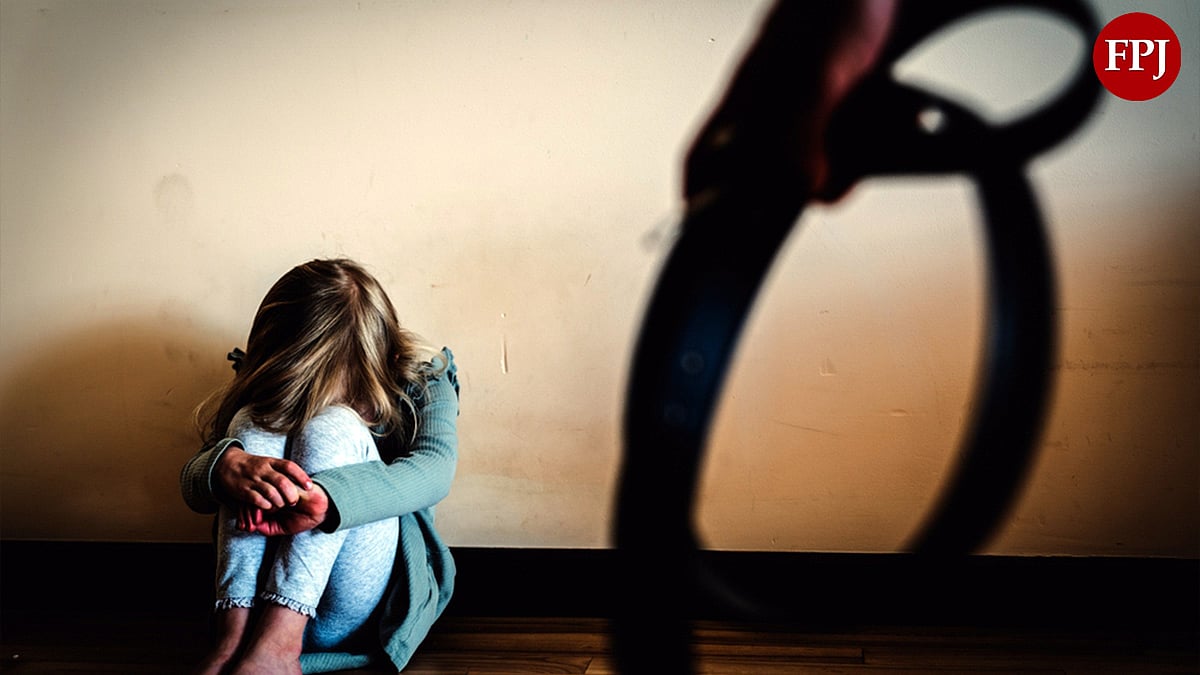Mumbai: Pointing to a problem of plenty in one of Maharashtra’s most tiger dense landscapes, the state forest department has captured a male tiger blamed for three human deaths in the span of just one month in Chandrapur district.
The three-year old tiger, NT-1, frequented agricultural fields in the Nagbhid and Talodhi areas in the Bramhapuri territorial forest division. Officials said the feline had attacked people and caused human deaths on June 18, July 4 and July 18.
This led the principal chief conservator of forests (wildlife) to issue orders for capturing the tiger considering that it was posing a risk to humans. The animal was tranquilised and captured at Govindpur on Sunday and sent to the Gorewada animal rescue centre at Nagpur.
The official said that Bramhapuri had seen four human deaths due to man-animal conflict since January this year, while the number of such deaths since 2017 was 39. “Brahmapuri has around 44 to 45 tigers, in addition to about 20 to 25 cubs and sub-adults, which will soon begin to disperse and mark their territory, leading to a further rise in conflict,” he explained.
Chandrapur district, which consists of the Tadoba Andhari Tiger Reserve and the Bramhapuri forest division, accounts for a bulk of the tiger population in Maharashtra. The 2018 tiger census had estimated Maharashtra’s tiger numbers at 312 out of India’s 2,967. Of this, Chandrapur’s count was around 160, including 40 in Bramhapuri, which is not a protected area. A rise in tiger numbers has meant an increase in man-animal conflict.
Covering a fragmented landscape, Brahmapuri has 610 villages, of which half are located in proximity to the jungles, exacerbating conflict between humans and animals.
This has led to the forest department proposing the translocation of some tigers from Chandrapur to protected areas in Maharashtra, which do not have adequate tiger numbers, like the Navegaon Nagzira tiger reserve and the Pranhita wildlife sanctuary in Gadchiroli. An alarming solution like sterlisation of 20 male tigers has also been suggested.
This year, the total number of tigers captured in conflict situations is four, including at Gondia, the buffer of the Tadoba tiger project, and Sunday’s operation. In addition, a tigress, who had strayed into a rice mill in Sindhewahi town was captured and released later.







